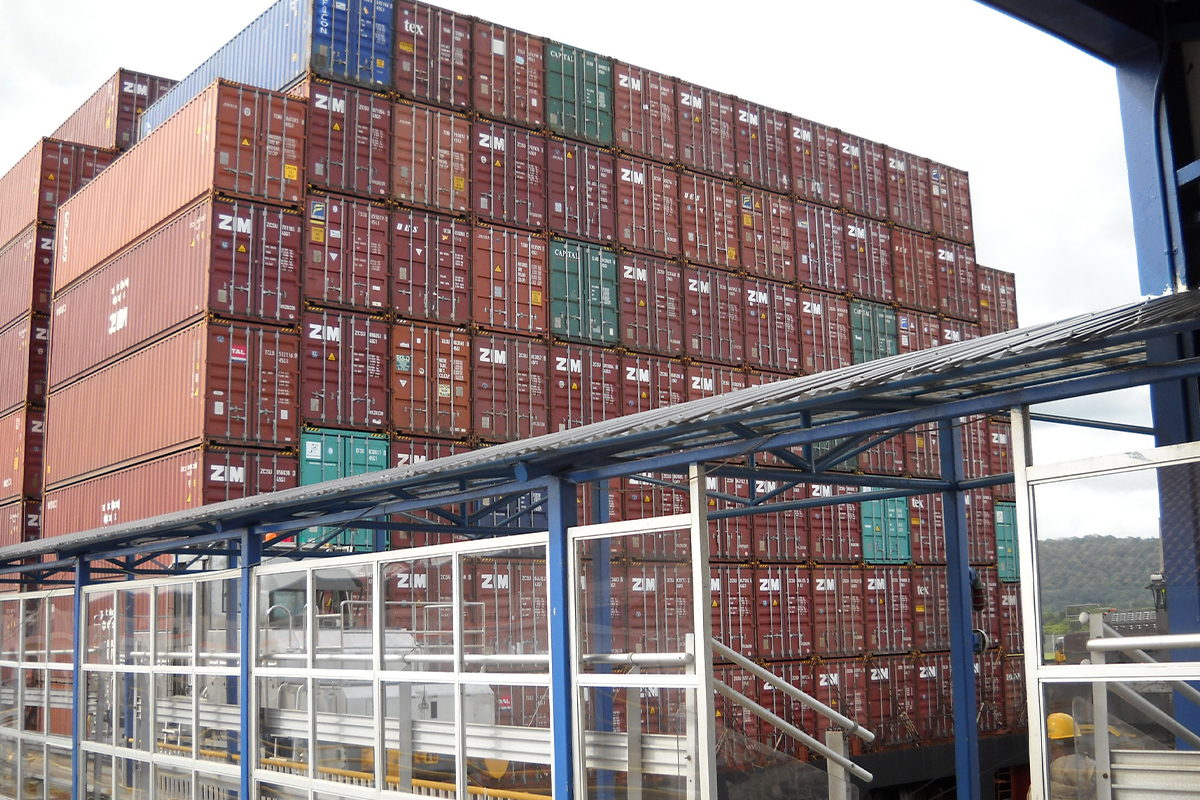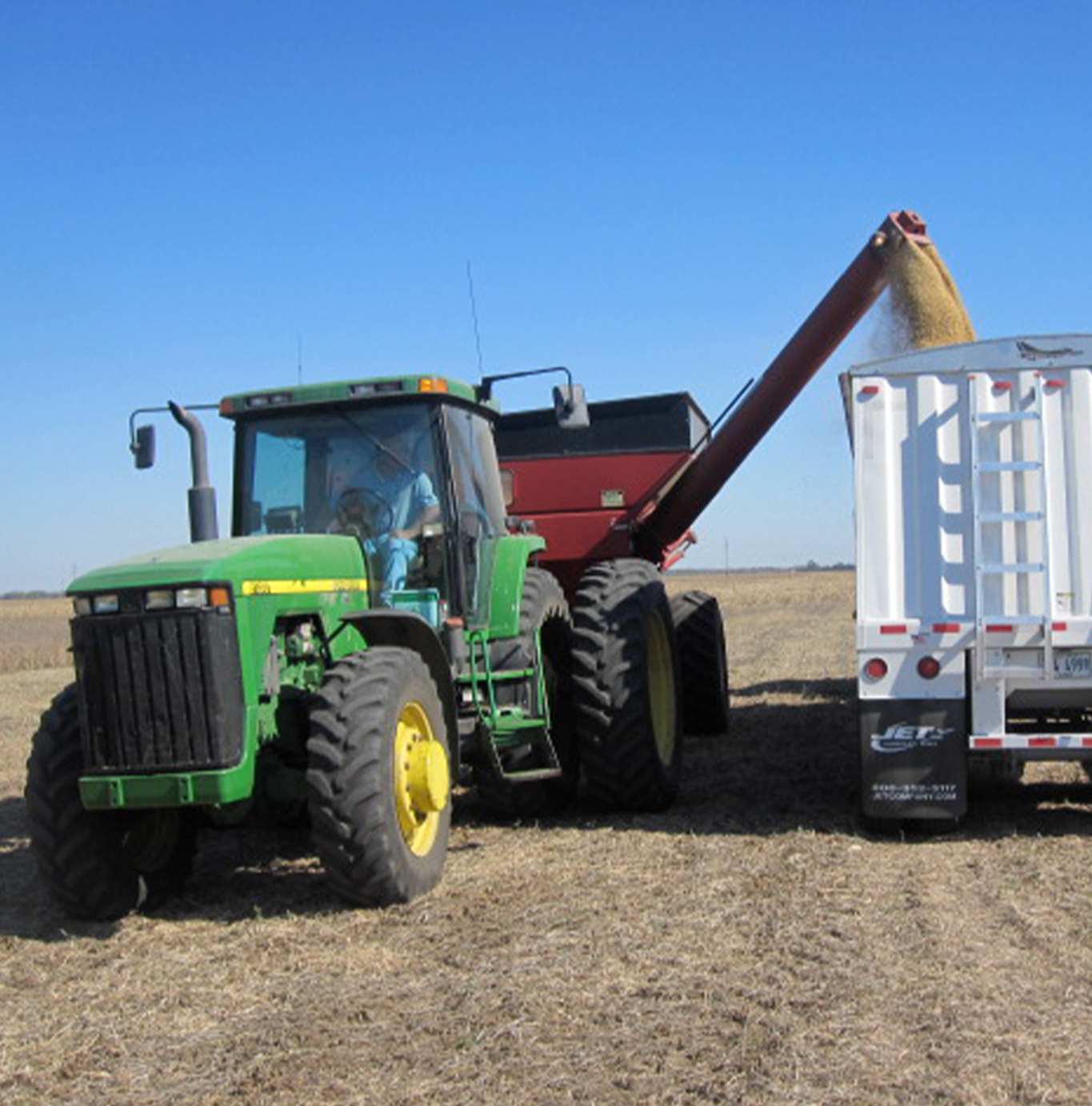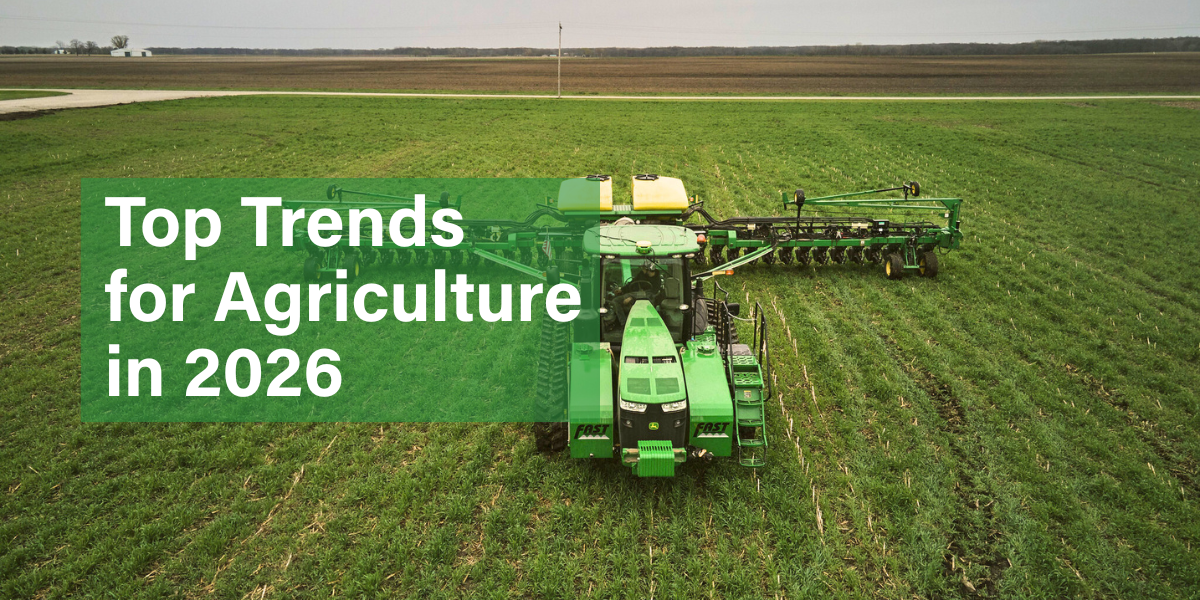By Eric Woodie, Trade Analyst, Illinois Soybean Association
Ilinois is a driving force in soybean production. Remarkably, 60 percent of the soybeans grown in Illinois find their way to international markets, showcasing the state’s integral role in global food systems. The journey of Illinois soybeans from the farm to destinations around the world is a testament to a sophisticated supply chain, featuring various stages of handling that ensure quality and efficiency.
The Farming Stage: Foundations of Quality
Illinois soy farmers, using advanced agricultural techniques and technology, grow high-quality soybeans. Illinois farmers are diligent in using sustainable best practices to produce soybeans that meet both domestic and international needs.
Once the soybeans are mature, harvesting begins. Modern equipment efficiently collects and cleans the beans, which are then transported to local elevators or processing facilities. This stage is crucial, as it sets the foundation for the quality and consistency of the final product. The beans are sorted and graded based on size, color, and other factors to ensure they meet specific market requirements.
Transportation and Storage: Preparing for Export
Following initial processing, soybeans and soybean meal are transported to terminals near major transportation hubs such as container and rail yards and river terminals. Efficient logistics are vital in this phase, as they ensure that soybeans and soybean meal are moved to export terminals in a timely manner.
Export Facilities and Processing: Ready for Global Markets
As Illinois soy products move down the Mississippi River or are transloaded into export containers, they are prepared for shipment according to international standards and regulations. This might include additional quality checks, official U.S. grades performed by the Federal Grain Inspection Service, phytosanitary certification processes to ensure soybeans are fit for export, or all of the above.
Global Avenues: Markets and Uses
Once exported, Illinois soybeans embark on diverse paths. They are used in a variety of ways across the globe:
- Animal Feed: A significant portion of exported soybeans is processed into animal feed. Soybean meal is a vital feed ingredient for livestock such as poultry, pigs, and cattle. This usage supports global meat production, making soybeans a crucial element in the international food supply chain.
- Soybean Oil: Soybeans are also processed into soybean oil, which is used in cooking and food production. It’s a staple in many cuisines and food products. The versatility of soybean oil makes it a valuable export product.
- Industrial Uses: Beyond food, soybeans find applications in various industrial products, including biodiesel, biodegradable plastics, paints, cosmetics, and much more.
- Human Consumption: Some soybeans are exported directly for human consumption. Products such as tofu, tempeh, soy milk, and soy protein are popular in many cultures and are sought after in international markets.
The top U.S. soy product export markets are diverse and strategically important, reflecting global demand for soy in various sectors. The leading destinations for U.S. soy exports are:
- China
China is the largest importer of U.S. soybeans, significantly influencing global trade. The country relies heavily on soybean imports to meet its demand for animal feed, particularly for its massive pork industry.
- Mexico
Mexico is a major buyer of U.S. soy, primarily for animal feed and food products. The close geographic proximity and strong trade relationships between the U.S. and Mexico facilitate a high volume of soy exports. Interestingly, on average, 40 percent of Mexican import of U.S. soy products originate out of the Gulf of Mexico.
- Japan
Japan is a significant market for high-quality, sustainable soybeans used in human consumption products such as tofu, soy sauce, and other traditional foods. Japan’s preference for quality and its established trade partnerships make it a crucial export market for the U.S.
- European Union
The EU represents a diverse market for soy. The EU’s emphasis on sustainability creates opportunities in various sectors that Illinois soy is primed to meet.
- Taiwan
Taiwan imports U.S. soybeans primarily for animal feed and food products. Its strong economy and increasing demand for protein-rich foods drive the need for U.S. soy, making it an important market for Illinois. Given Taiwan’s reliance on consistent, timely supplies and competitive container pricing, Illinois soy enters that market via containers steadily.
- Indonesia
Indonesia is an emerging market for U.S. soybeans, with demand driven by its expanding livestock and poultry industries and a longstanding tempeh industry. As Indonesia’s economy grows, so does its need for high-quality imports to support its food production systems. The Indonesian market is serviced by both container and bulk exports, making it a top Illinois soy customer.
- Egypt
Egypt has become a notable importer of U.S. soybeans, primarily for animal feed. Its strategic location and growing agricultural sector contribute to its role as an important market for Illinois soy.
These top export markets, among many others, reflect the diverse applications and high demand for Illinois soybeans and soybean meal across the globe.
The Importance of a Robust Supply Chain
Each stage, beginning with farming and continuing through exporting, involves stringent quality controls and adherence to standards. This ensures that the soy products are not only safe and high-quality but also meet the specific requirements of various global markets.
In summary, Illinois soybeans travel a unique path from farm to international markets, reflecting an efficient supply chain. The commitment to quality at every stage underscores the importance of Illinois soy products in the global agricultural landscape. Their journey highlights the interconnected nature of modern agriculture and the critical role that Illinois soy farmers play in bringing this essential crop to markets around the world.

Recent Articles
See how ISA is driving innovation in soybean production by investing in farmer-led research and equipping growers with tools for the future.
By
What's in store for farmers in 2026? Illinois Field & Bean sits down with some of Illinois Soybean Association’s Corporate Partners to find out what they’re anticipating in the new year.
By Ashley Rice-Haddon, Illinois Field & Bean Magazine, Lead Writer

